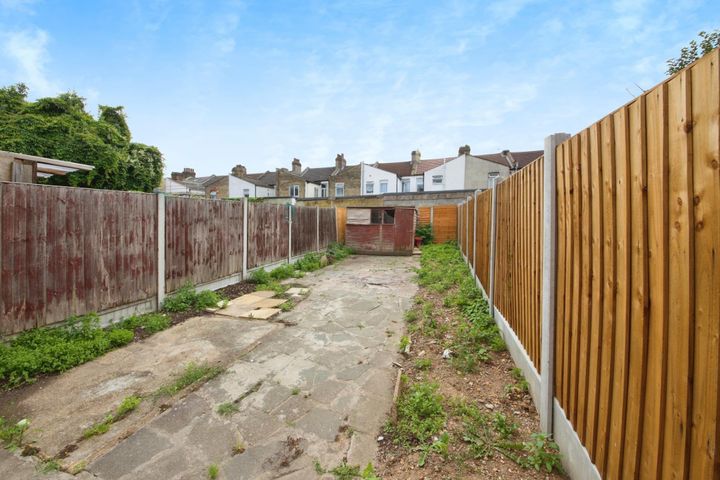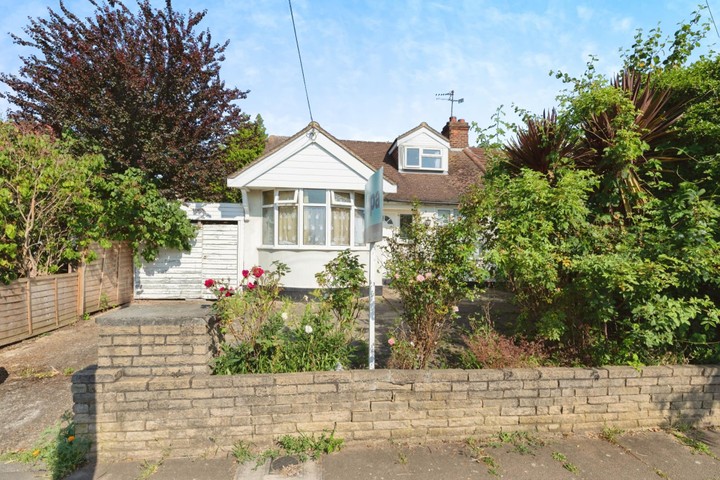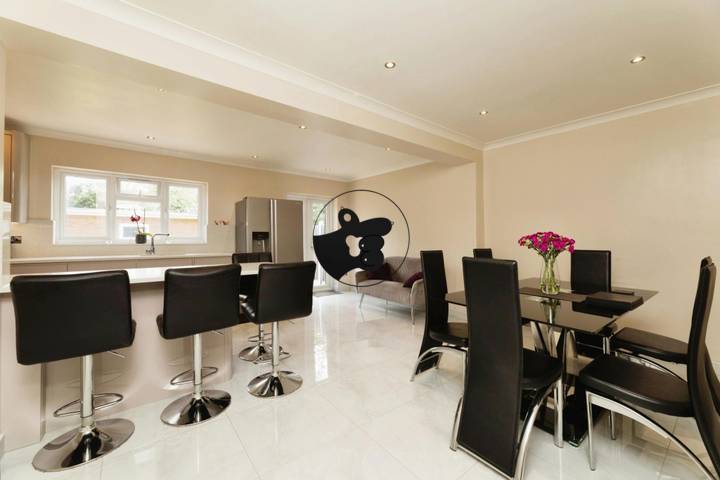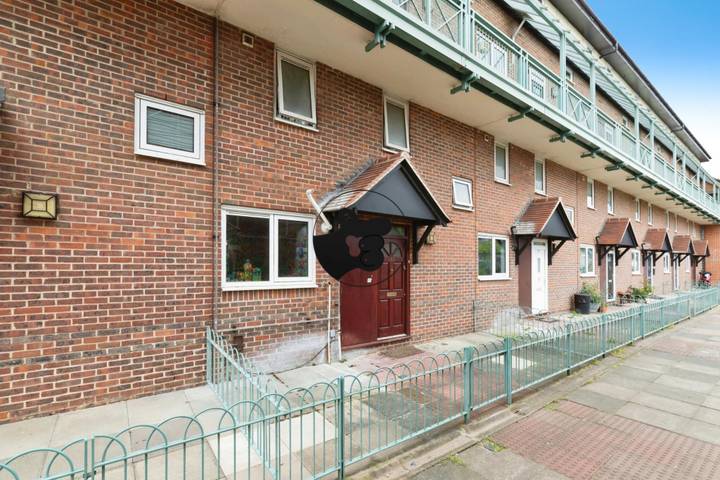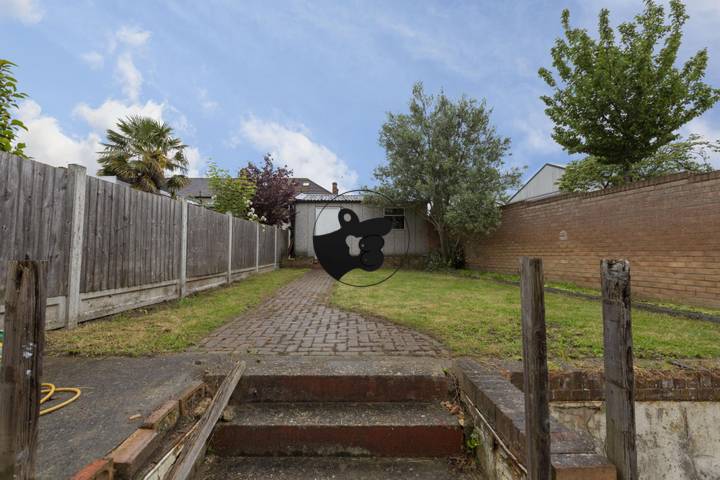Real estate prices in Ilford are influenced by several key factors including location, transport links, and local amenities. Proximity to central London plays a significant role, as Ilford is just 20 minutes from Liverpool Street Station via the London Underground, making it attractive to commuters. Additionally, the availability of good schools, parks, and shopping facilities enhances desirability; for instance, the presence of the Exchange Ilford shopping center boosts the local economy and draws residents. Developments in infrastructure, such as the ongoing Crossrail project, also affect prices by promising improved connectivity and accessibility. Furthermore, socio-economic factors, including the demographic makeup and average income levels of residents, play a crucial role in determining the market rate for properties in the area. Recent patterns have shown that new residential developments, particularly those appealing to first-time buyers and investors, contribute to fluctuations in housing prices.
Ilford
Location
Price Range
Any price
Price Range
Minimum
No min
Maximum
No max
Property type
Show all
Property type
Show all
House
Apartment
Building
Other
Bedrooms
Any beds
Bedrooms
Minimum
No min
Maximum
No max
Surface Range
Any surface
Surface Range
Minimum
No min
Maximum
No max
Sale type
For sale
Sale type
Show all
To rent
For sale
Location
Apartments and houses for sale in Ilford
5 results
Recent
Ilford insights
| Aspect | Summary |
|---|---|
| Population | Approximately 170,000 |
| Average Property Price | £400,000 |
| Rental Yield | 4.5% |
| Average Rent | £1,800 per month |
| Occupancy Rate | 95% |
| Capital Growth Rate | 3.5% annually |
| Property Tax | Around £1,500 per year |
| Transaction Costs | Approximately 3-5% of property price |
| Expected ROI | Around 7-10% annually |
| Economic Growth Impact | Improving due to infrastructure investment |
Ilford FAQ
What factors affect real estate prices in Ilford?
How have real estate prices in Ilford changed over the past few years?
In recent years, real estate prices in Ilford have seen a significant upward trend, driven largely by increasing demand and improvements in transportation links. According to data from the Land Registry, the average house price in Ilford jumped from approximately £350,000 in early 2020 to around £500,000 by late 2023, reflecting a considerable increase. The area has benefited from the arrival of Crossrail, which has enhanced connectivity to central London, making it more attractive to commuters. For instance, properties in popular neighborhoods like Ilford Town Centre and Seven Kings have experienced price rises of about 25% in that time frame. Additionally, flats and apartments have also surged in price, with some one-bedroom units exceeding £300,000, a stark contrast to their pre-pandemic values. This growth has been fueled by an influx of young professionals and families seeking more affordable housing options compared to inner London.
What is the average price of a home in Ilford?
As of late 2023, the average price of a home in Ilford, located in the London Borough of Redbridge, is approximately £495,000. Prices can vary significantly depending on the property's type and location within Ilford. For instance, a two-bedroom flat might range from £300,000 to £400,000, while a three-bedroom semi-detached house could be around £550,000 to £650,000. The more affluent areas, like Stratford Road, often see higher prices due to proximity to amenities and transportation links, while neighborhoods farther from the center may offer more affordable options, sometimes dipping below £300,000 for smaller flats or terraced houses. The housing market in Ilford reflects trends seen throughout London, with a gradual increase in values influenced by ongoing developments and transport improvements, especially with the recent introduction of Crossrail services.
How does Ilford compare to nearby areas in terms of real estate prices?
Ilford's real estate prices are relatively competitive when compared to nearby areas like Barking and Dagenham, which typically offer slightly lower prices, often appealing to first-time buyers. In contrast, neighborhoods like Redbridge and Chigwell tend to see higher property values, largely due to their more affluent appeal and better access to green spaces and quality schools. For example, as of late 2023, the average property price in Ilford hovers around £400,000, while in Barking, it can be closer to £350,000. Conversely, affluent areas like Chigwell can see averages target around £700,000 and above, reflecting a significant premium for the quality of life and amenities offered. The transport links in Ilford, particularly the proximity to Liverpool Street via the overground, also enhance its attractiveness, contributing to a gradual upward pressure on property prices.
What types of properties are typically available in Ilford?
Ilford typically features a diverse range of property types, catering to various demographics and budgets. You can find Victorian and Edwardian terraced houses that often retain period features, appealing to families and those seeking character homes. Modern apartments, particularly in developments like the Icona or The Broadway, are popular among young professionals and commuters due to their proximity to transport links, including the nearby Ilford train station with direct services to London Liverpool Street. Additionally, purpose-built flats and maisonettes are available, often attracting first-time buyers and investors. There are also semi-detached and detached homes in quieter residential areas, offering garden space and the potential for expansion, which is appealing to families looking for more room.
Are real estate prices in Ilford expected to rise or fall in the near future?
Real estate prices in Ilford are influenced by a variety of factors that may suggest both potential increases and decreases in the near future. The ongoing developments in infrastructure, such as the expansion of the Crossrail (now known as the Elizabeth Line), have improved connectivity to central London and could drive demand in the area. For example, stations like Ilford and Seven Kings now offer quicker access to key destinations, making these neighborhoods attractive to commuters. Furthermore, the regeneration projects in Ilford town center, which include the redevelopment of shopping facilities and residential areas, may also contribute to a rise in property values. On the contrary, the market faces some headwinds, such as economic uncertainties, including fluctuating interest rates and inflation, which could dampen buyer sentiment. Additionally, the availability of housing in neighboring areas could lead to increased competition, affecting prices in Ilford. Neighborhood dynamics, such as changes in local amenities and the demographic shifts, also play a crucial role in shaping the real estate landscape.
What are the most common reasons for fluctuations in real estate prices in Ilford?
Fluctuations in real estate prices in Ilford can often be attributed to several key factors. One significant reason is the impact of transport links, particularly the proximity to London, which makes Ilford an attractive option for commuters. For instance, the introduction of the Elizabeth Line greatly improved access to central London, driving demand and subsequently pushing property prices higher. Another factor is economic conditions, including employment rates and local business growth; areas with thriving job markets tend to see greater demand for housing. Additionally, changes in government policies, such as alterations in stamp duty or housing regulations, can directly affect market dynamics. For example, a rise in interest rates may deter potential homebuyers, leading to a slowdown in price growth. Local developments, such as new schools or recreational facilities, also play a role in shaping buyer interest and influencing property values, as prospective buyers typically favor areas with good amenities.


